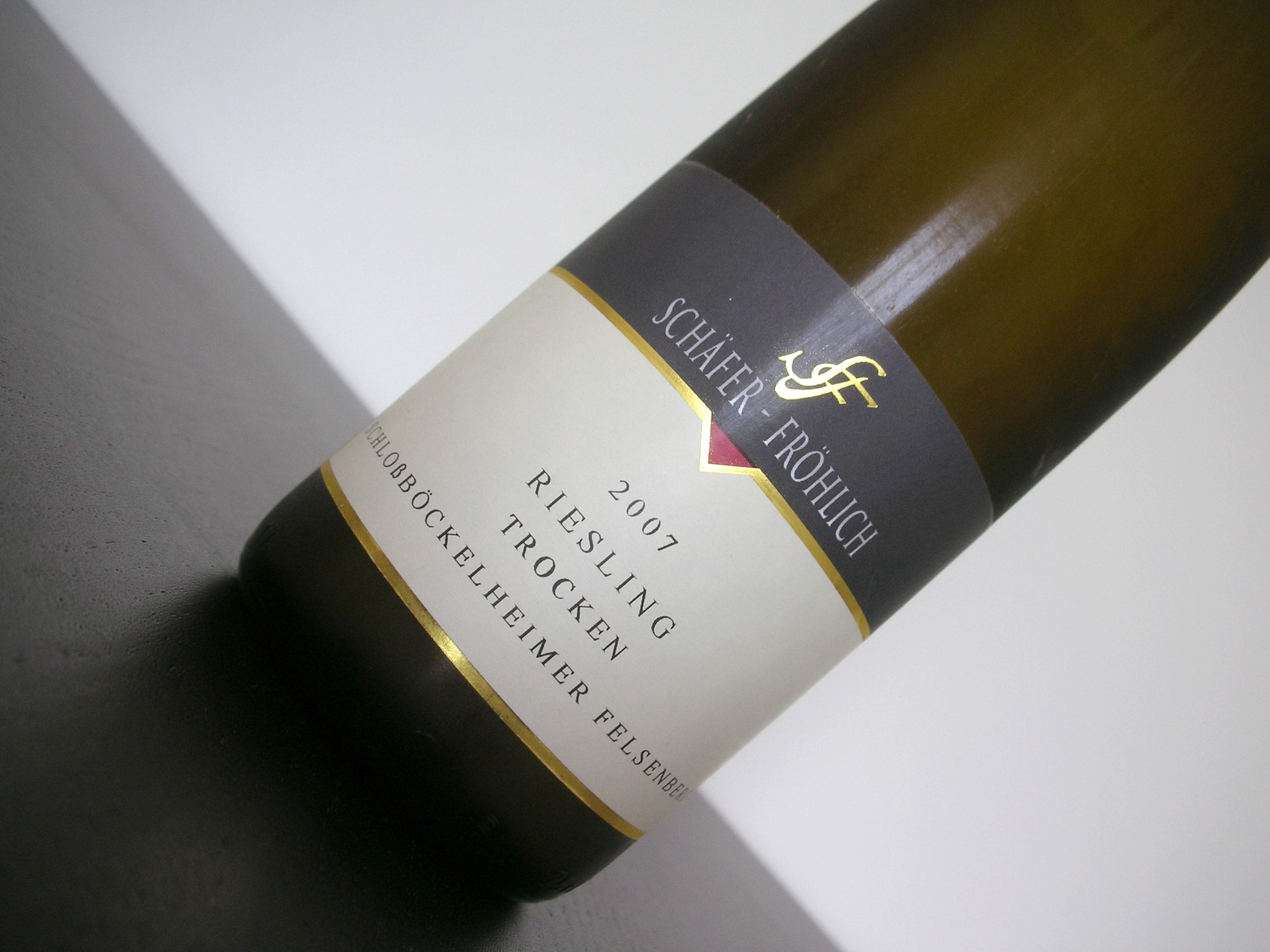Van Volxem, Scharzhofberger Riesling, 2008
You have never heard the name 'Scharzhofberg' before? Well, take a pen (or a keyboard) and write it down. Scharzhofberg is the name of a German vineyard, located near the Saar river (close to the Mosel). There are of course many vineyards in Germany, but Scharzhofberg has an excellent reputation and may be one of the most expensive bits of real estate in German winemaking - if you could buy land there, as producers jealously guard every square meter they own. Land rarely changes hands there, but the Van Volxem estate is lucky enough to own a small part of the 28 hectare vineyard. So let's have a look at what they can do with it, shall we?









